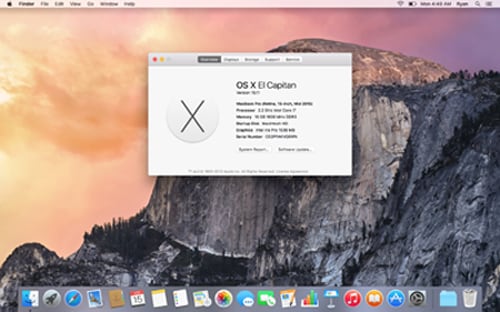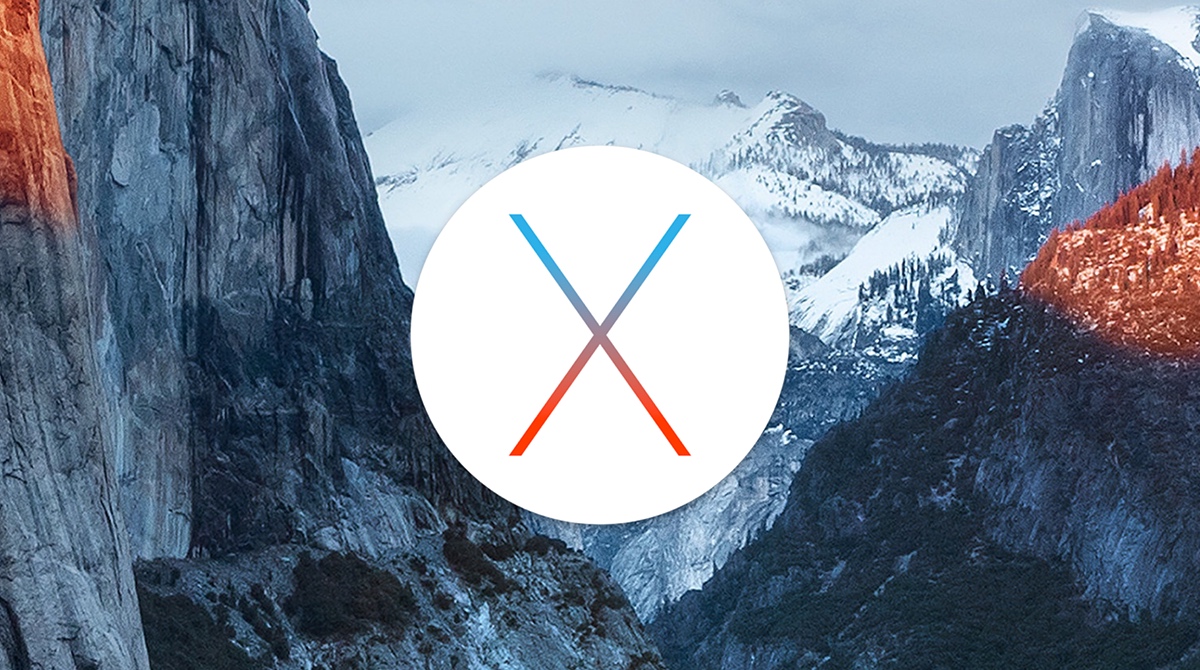

- #How to update your mac to el capitan how to#
- #How to update your mac to el capitan full#
- #How to update your mac to el capitan free#
In order to launch the Terminal, you have to open Spotlight and type out Terminal. To do this, you have to use the Terminal. However, you have to replace ~/Library/Caches with /Library/Cachesįlushing your DNS cache involves deleting old cache entries that actually translate domain names into IP addresses. Take note that you have to delete the “insides” of the folder and not the folder itself.
#How to update your mac to el capitan how to#
Here’s how to clean up cache files on your OS X El Capitan: To trim down your system, you need to sweep out temporary files, and cache. This will give you an overview of which data types are actually occupying the most space. Note: Make sure you look at the Storage tab’s file type distribution. Now, you will get a list of files and folders with the oldest files first. After which, click on Date Last Opened in the column name. However, instead of arranging by size, select Arrange by Date Last Opened. To do this, follow the steps stated in Step a. If you wish to find old files that you haven’t launched for a long time, you can arrange files and folders by date. By now, your files will be arranged by size from the biggest to the smallest.ī - Arranging your folders and files by date. Now, select Sort by Size and Arrange by Size. After this, look at the top menu bar and press View. If you can’t see this part you can simply hold the following: Command + F + Shift. Then, select All My Files located in the menu bar on the left. To do this, you have to go to the Finder.

It might be complicated, but you can do it by following these steps:Ī - Simply arrange your folders and files by size.
#How to update your mac to el capitan free#
If the top bar is almost full, it’s about time to free your Mac up for more storage space. Select About This Mac and then select Storage. To find out the status of your disk drive, simply look in the top-left corner and click on the main Apple menu.
#How to update your mac to el capitan full#
Uncheck the unnecessary applications.Ī full hard disk drive is one of the reasons why your Mac is running slow. To stop these applications from launching during startup, you have to visit System Preferences. And launching Mac with a lot of applications opening all at once can cause El Capitan to slow down. Most of the time, you don’t need a lot of these applications. When you open your Mac device, it usually opens a lot of applications all at once. Ways on Speeding Up El Capitanīelow are the steps you should follow one by one to speed up El Capitan: Another Method of Speeding up the El Capitan Part 3. Using PowerMyMac to remove system junks.Ĭontents: Part 1.Free your Mac up for more memory: open Spotlight and type out Terminal.Trimming your system down: sweep out temporary files, and cache as well as flush DNS.Cleaning up your Hard Drive: System Preferences>Users & Groups>username>Uncheck the unnecessary applications.Speed up the startup of your Mac: arrange your folders and files by size and date.


 0 kommentar(er)
0 kommentar(er)
